Hybrid daffodils. I'm confused.
tete_a_tete
8 years ago
last modified: 8 years ago
Featured Answer
Sort by:Oldest
Comments (8)
tete_a_tete
8 years agoRelated Professionals
Saint Louis Park Landscape Architects & Landscape Designers · Finneytown Landscape Architects & Landscape Designers · Andover Landscape Contractors · Bellefontaine Neighbors Landscape Contractors · Dallas Landscape Contractors · Federal Way Landscape Contractors · Hayward Landscape Contractors · Round Lake Landscape Contractors · San Benito Landscape Contractors · Siloam Springs Landscape Contractors · Ferguson Landscape Contractors · Odenton Carpenters · Cicero Fence Contractors · Guilford Fence Contractors · South San Francisco Fence Contractorstete_a_tete
8 years agotete_a_tete
8 years agozen_man
8 years agolast modified: 8 years agotete_a_tete
8 years ago
Related Stories

GREEN BUILDINGLet’s Clear Up Some Confusion About Solar Panels
Different panel types do different things. If you want solar energy for your home, get the basics here first
Full Story
WINTER GARDENING6 Reasons I’m Not Looking Forward to Spring
Not kicking up your heels anticipating rushes of spring color and garden catalogs? You’re not alone
Full Story
KITCHEN DESIGNDesign an Easy-Clean Kitchen
"You cook and I'll clean" might no longer be a fair trade with these ideas for low-maintenance kitchen countertops, cabinets and floors
Full Story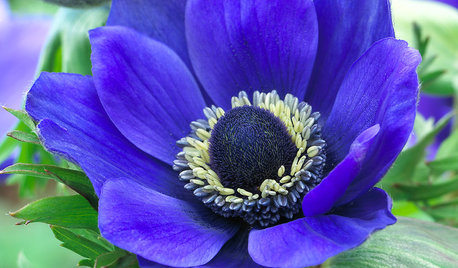
FALL GARDENING6 Splendid Blue-Flowering Bulbs
How do you blue? With colors from sky to cobalt, these bulbs will greet you merrily in a spring garden
Full Story
CURB APPEAL9 Daring Colors for Your Front Door
Stand out from the neighbors with a touch of neon green or a punch of hot pink
Full Story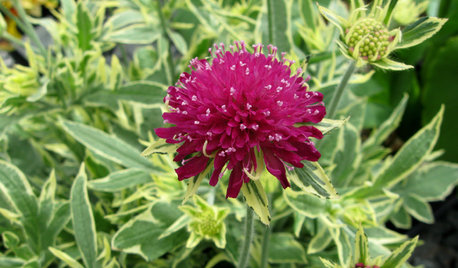
GARDENING FOR BUTTERFLIESGreat Design Plant: Thunder and Lightning for Midsummer Garden Color
Get over the mouthful of a name; focus on the dramatic foliage and gorgeous magenta flowers of Thunder and Lightning field scabious
Full Story
PETSGarden Alert: 22 Plants to Keep Away From Pets
Avoid potential danger by keeping dogs and cats away from these landscaping and houseplant favorites
Full Story
LIVING ROOMSThe Most Popular Living Room Photos of 2015
Sectional sofas, vaulted ceilings and custom built-ins are just some of the features that made a big showing this year
Full Story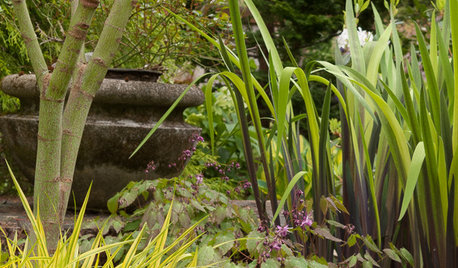
PLANTING IDEASA Great Spring Plant Combo for Dappled Shade
Time these ephemeral beauties right to watch them play off one another under a canopy of deciduous trees
Full Story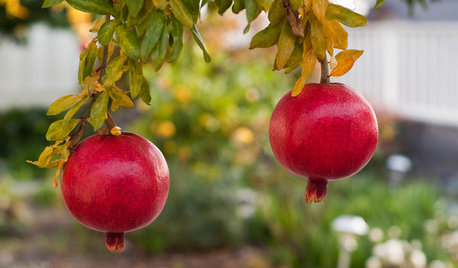
GARDENING GUIDESNorthern California Gardener's October Checklist
It's still a great time to plant flowers, vegetables and even bulbs in California gardens this month, thanks to predictably mild weather
Full StorySponsored
Columbus Area's Luxury Design Build Firm | 17x Best of Houzz Winner!
More Discussions






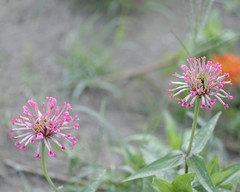
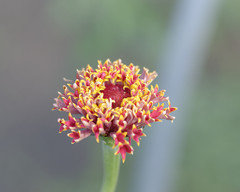
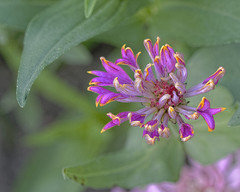
zen_man